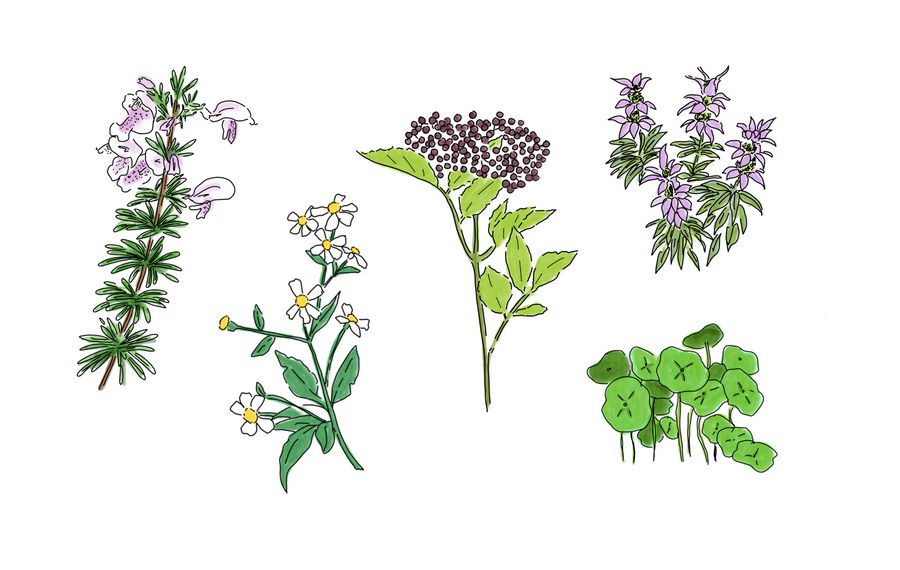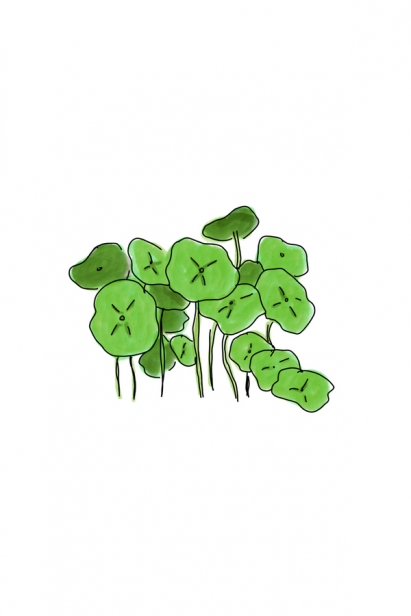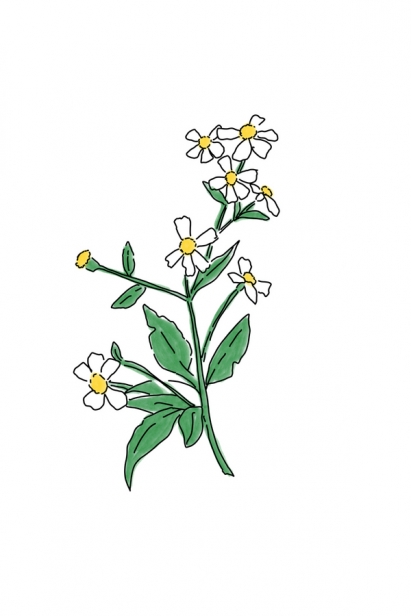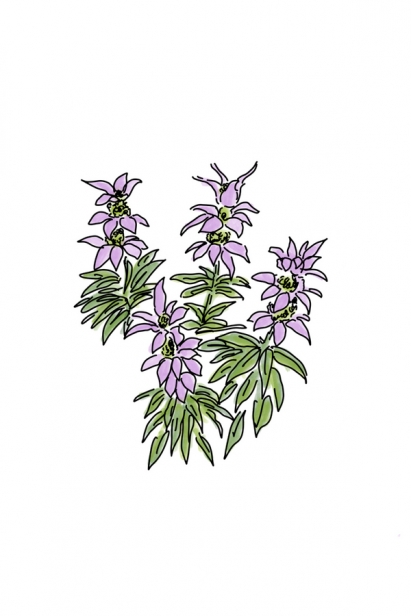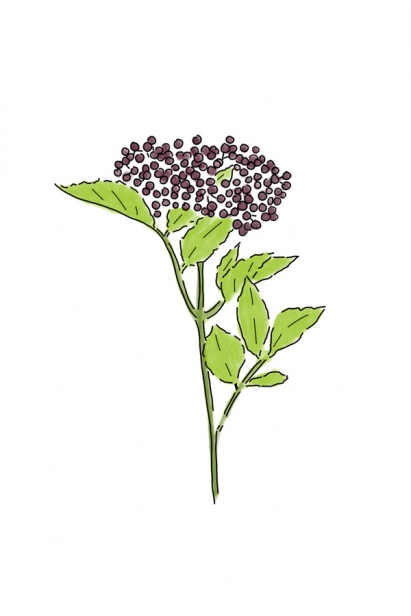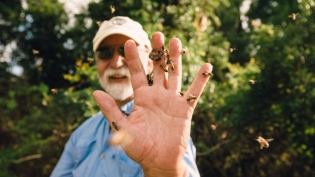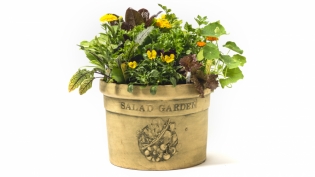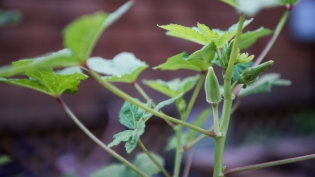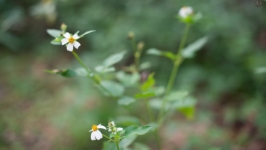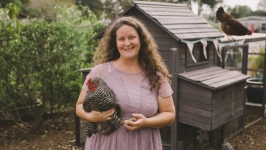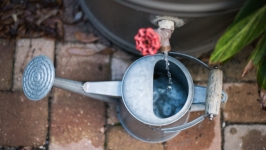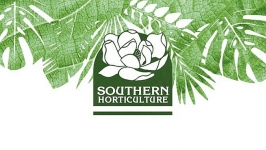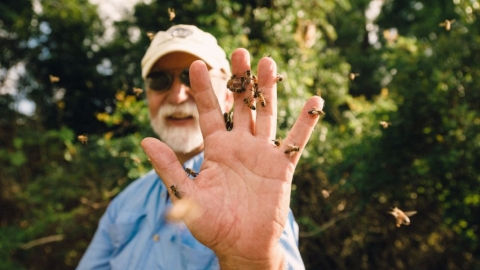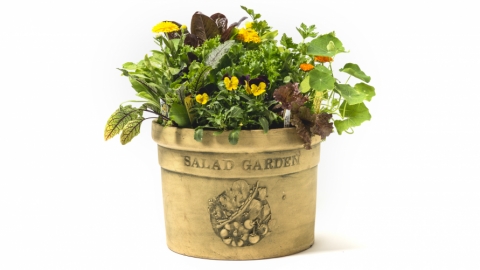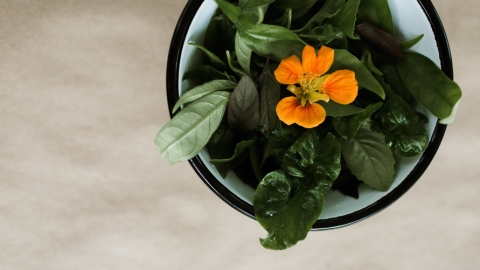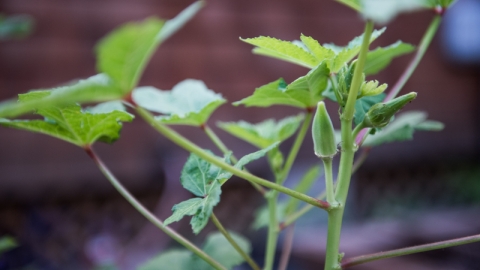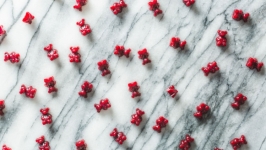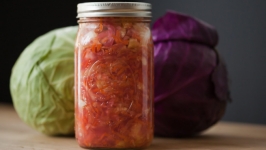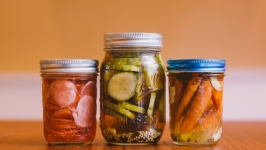How to Cultivate Native Edibles
Looking to add more edible plants to your yard? Before you head to your local nursery and make your selections, AyoLane Halusky, naturalist with St. Johns County Department of Parks and Recreation, says you should first determine what you are trying to achieve. Note the habitat and landscape. Do you live near the coast, wetlands, the river or inland? Determine what kinds of birds and bees are in your yard. Know what kind of soil content you will be working with.
Planting native Florida plants creates a natural habitat for birds and butterflies and produces beneficial food and medicine, says Renee Stambaugh, owner of Native Plant Consulting, which provides native landscaping design services for residents and businesses throughout Northeast Florida. Here are some of her favorite native edibles that are suitable for a variety of habitats.
CONRADINA GRANDIFLORA (LAMIACEAE)
This shade- and sun-loving groundcover is the region’s native rosemary. Milder in flavor than its Mediterranean counterpart, Conradina grandiflora is a lovely and refreshing addition to water (or really any dish that calls for rosemary), with its purple flowers and fragrant foliage. Plant and harvest year-round.
DOLLARWEED (HYDROCOTYLE UMBELLATA)
Commonly referred to as a weed, this low-spreading herbaceous plant is prolific in irrigated, fertilized lawns, gardens and waterways. Small white flowers cluster at the top of short stems. The leaves can be eaten raw in salads. Harvest year-round. Be mindful of dollarweed that has been treated with pesticides.
SPANISH NEEDLES (BIDENS ALBA)
Butterflies and bees can’t resist this fast-spreading vascular plant because it contains both pollen and nectar. Often mistaken as a useless weed, Spanish Needles have multiple uses. The plant alleviates rashes, itching and other skin issues. The leaves can be cooked like collards, while the raw flower petals make a beautiful salad topping. This plant thrives in full sun, in coastal and inland areas. Harvest year-round.
SPOTTED HORSEMINT (MONARDA PUNCTATA)
Native Americans used Spotted Horsemint leaves to make a tea that treated flu, colds and fever. Ideal for coastal and inland areas, this hardy, drought-tolerant plant’s leaves are fragrant and add an herbal flavor to food. “This is our native oregano,” says Stambaugh. Plant and harvest year-round.
ELDERBERRY (SAMBUCUS CANADENSIS)
When the lemon-scented white flowers of this deciduous shrub bloom in June and July, harvest and dip them in batter and fry them, or use them for tea to treat a headache. The fruit also can be eaten raw or made into a jam or wine. Elderberry prefers medium to wet, well-drained soils in full sun to part shade. Plant anytime and harvest year-round.


